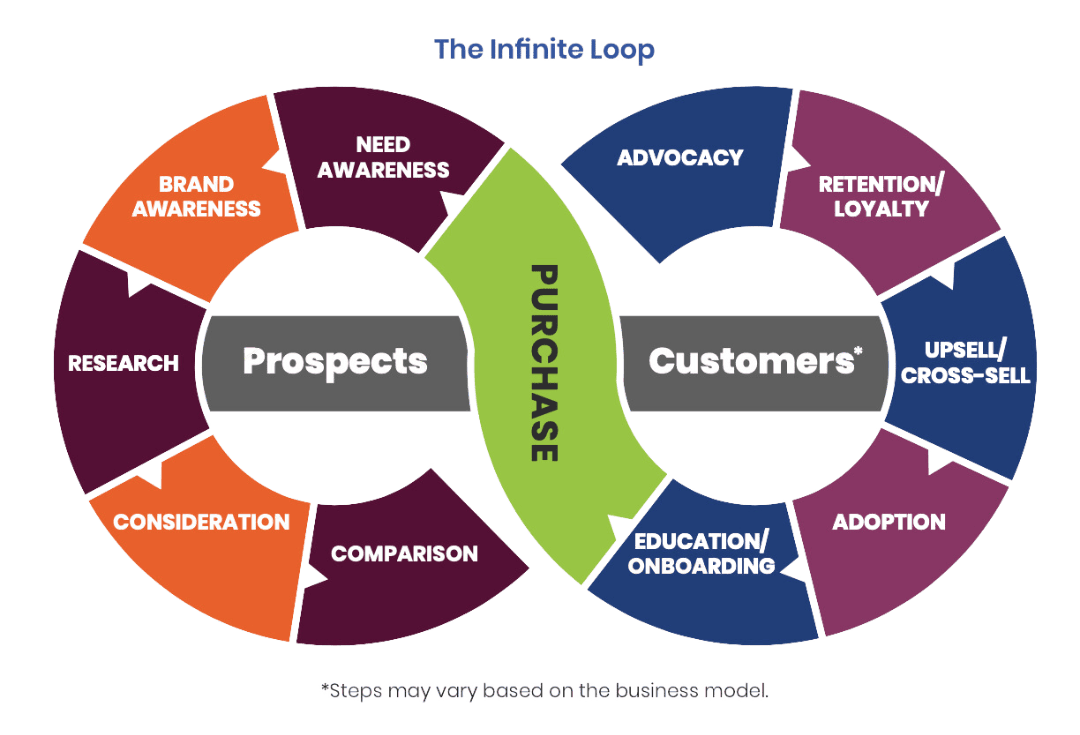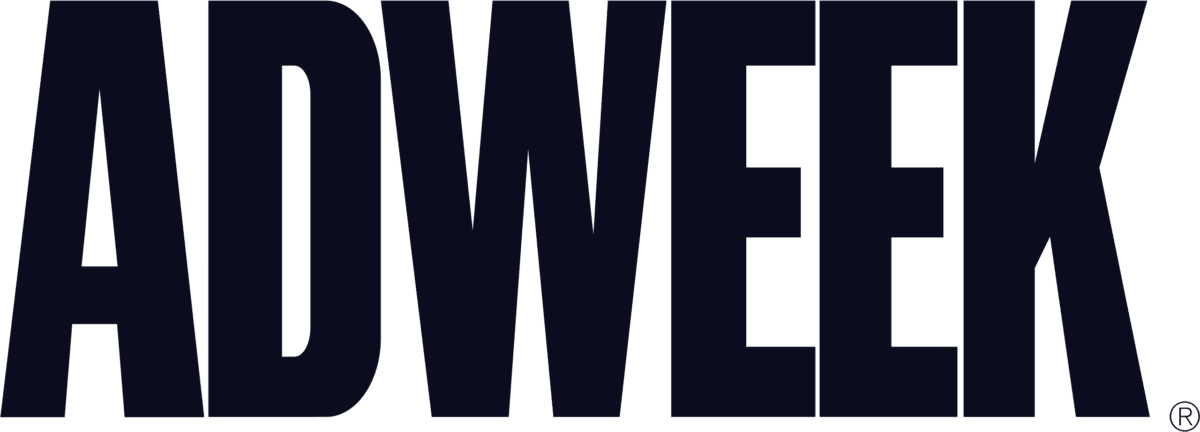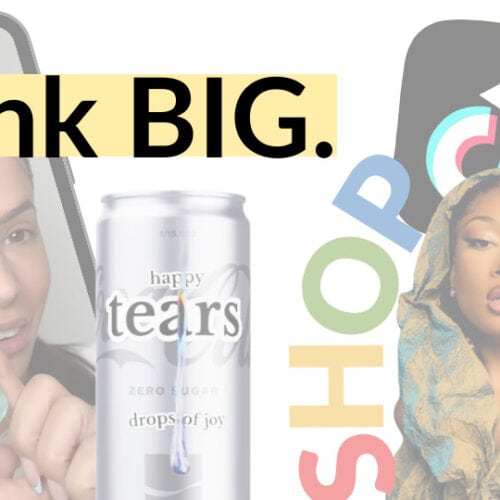Bold Brand Ideas: Chipotle’s serving sizes + a lesson on influencers
Chipotle is facing heat – and not because of its red chili salsa.
For months, Chipotle customers have complained about alleged shrinking portion sizes. One user on Reddit eloquently put it: “I ordered on the app the other day. My burrito was the size of a can of Pepsi. Never again.”
While these complaints aren’t new, they were recently amplified when foodie Keith Lee shared his POV with 16.5M followers. While any criticism from social superstars is damaging for a brand, it’s even worse when they’re a past partner. That’s right. In 2023, Keith Lee and Chipotle partnered on a custom quesadilla after his Chipotle order went viral.
Since Keith’s posting, the incident has garnered significant media attention from outlets such as Forbes, People, Parade and the New York Post. In response, Chipotle’s chief corporate affairs and food safety officer, Laurie Schalow, stated that there have been no changes in portion sizes and that the company has reinforced proper portioning with employees.
But that statement doesn’t erase the social commentary or public opinion around the brand that’s been cooking for months.
This crisis is a clear example of how quickly (and far) the pendulum can swing. It’s obvious but important to remember that influencers have platforms, and they’ll use them – whether to praise or penalize brands. The best influencers know that consumers, especially Gen Z, crave honesty and realness.
That said, brands can use this audience connection and understanding to their advantage – to improve their services or products. Influencers can be great sources of customer truths and product insights. They can even address concerns before they become a crisis.
After seeing customer complaints bubble up, Chipotle could have more directly addressed their concerns. They could have even consulted with past partners, like Keith Lee, to gather additional feedback or address the complaints head-on. Belle’s Founder, Kate Finley, shared this take with the Washington Post: “If there was a change [in portion size], they could have used influencers to communicate that change proactively, along with the ‘why’ behind it.”
The bottomline is this: Brands can’t ignore the comments section on social, and they shouldn’t forget that influencer partners can do a lot more than promote a discount code.
Full disclosure, I am craving Chipotle after writing this and watching all the TikTok videos.
Industry Insights: Quirky data is key to earned media wins
In today’s fast-paced media landscape, brands are constantly vying for attention and looking for ways to stand out from the crowd. One effective strategy – that doesn’t necessarily require additional spend or over-the-top activations – is owned data.
Unexpected data and quirky statistics have the power to transform a seemingly ordinary story into an attention-grabbing piece. Journalists are always on the lookout for fresh angles and engaging content that will captivate their audiences. By providing them with intriguing facts and figures, brands can position themselves as thought leaders and industry experts.
Consider these recent examples:
- Wall Street Journal: How Hampton Inn Built a Cult Around Its Free Waffles: Travelers consume 30 million waffles at the hotel chain each year as part of its breakfast buffet
- TODAY.com: Burger King will pay $1 million to fan with the best Whopper idea: The Whopper offers over 200,000 possible customized combinations — and yours could win you $1 million
Moreover, quirky statistics can help brands showcase their personality and differentiate themselves in the minds of both journalists and consumers.
Take Olipop’s latest data dive: Olipop Released a Barbie-Inspired Soda, and It’s Reportedly Outselling Eggs. A popular selling drink isn’t news enough. It’s dominance over an everyday breakfast item? Now that’s intriguing.
These offbeat statistics not only grab attention but also humanize the brand, making it more relatable to readers. Stats should (1) prompt journalists to open a pitch and (2) for their readers to stop scrolling once they see the story’s headline.
Belle’s Founder, Kate Finley, shares more ways to grab attention with AdWeek.
Goals: The linear sales funnel is dead; why you should adopt a circular model
One day performance marketing is queen, and the next, brand building is trending. It’s a constant battle between upper and lower funnel worth.
Why? Probably because marketing and sales teams are built on a traditional linear sales funnel.
The old model, which assumes a straightforward path from awareness to purchase, fails to capture the complexity of modern customer behavior. As brands strive to stay competitive and drive growth, it’s time to embrace a holistic approach: a circular customer journey.

B2C and B2B customers get information from a million+ sources. On average, they spend 7-8 hours a day consuming digital content. That doesn’t include TV and other traditional media sources, or IRL influences like word-of-mouth.
Consider this: You might hear an influencer talk about a new product they tried. A few weeks later, your friend buys the product and says how much they love it. Now you’re interested. You go to do research and notice it’s been featured in your favorite media outlet. Your computer’s cookies are cookie-ing and this prompts you to receive paid ads for the product. This repetitive reminder of the product gives you the confidence to click and convert. (Yes I am speaking from my own experience with the brown mascara trend last fall.)
This new ecosystem requires a commitment to a multi-channel, integrated approach. It also requires a new way of measuring success – with credit given to awareness metrics that often get a “vanity” rap. So where does PR, especially earned media, fit? Earned media is in an interesting and important position – given its ability to drive credibility, interest and even sales.

The circular customer journey recognizes that the relationship between a brand and its customers is an ongoing, dynamic process. PR initiatives, such as media interviews, op-eds, award wins and influencer partnerships, serve as touchpoints that nurture and strengthen this relationship at every stage. By consistently delivering value and building trust through third-party validation, brands can foster customer loyalty and advocacy. This, in turn, leads to increased brand penetration, as satisfied customers become brand ambassadors, sharing their positive experiences and attracting new prospects.
Even better, when PR and sales teams work in harmony, they amplify each other’s efforts, grow market share, and dominate competitive share of voice. By recognizing the power of PR in driving demand generation, shaping consumer perceptions and managing crises, businesses can unlock new opportunities for growth. More on this in our PR to profit pipeline blog.
DEI Download: The State of Pride Month Marketing in 2024
Due to fear of backlash and boycotts, some brands have started to scale back on their DEI celebration campaigns. Target announced that it was scaling back its Pride Month marketing this year with other brands also taking a quieter approach.
Historically, brands have announced their Pride partnerships + products a few months in advance. Most seemed to opt out of big announcements this year – but what does this mean for the LGBTQ+ community?
LGBTQ+ influencers have started to see a decrease in their brand partnerships for Pride month compared to previous years. In a recent Modern Retail article, Alysse Dalessandro, an LGBTQ+ influencer, shared that in 2022 alone, “one-third of her annual income came from Pride sponsorships.” However, with brands acting cautiously, Pride month this year “will be just a regular month.”
On the flip, several brands, including Walmart, Urban Outfitters and American Eagle have moved forward with their Pride marketing by highlighting voices in the community, supporting ally brands + foundations and partnering with ambassadors to spread awareness of causes to donate to.
The scaled-back support points to a larger trend around DE&I efforts and marketing. Brands are re-evaluating their campaigns to avoid backlash, missteps and rainbow washing. The latter can be avoided when teams are made up of diverse voices and brands’ actions are authentically aligned with their words.
We anticipate a slow build toward purpose-driven campaigns and authentic engagements that transcend departments, all year long. Think: long-term partnerships with LGBTQ+ creatives, more representation on marketing teams, corporate donations to meaningful causes, inclusive work environments + policies, and more.
Fill out the form below to be notified when our next blog publishes.







